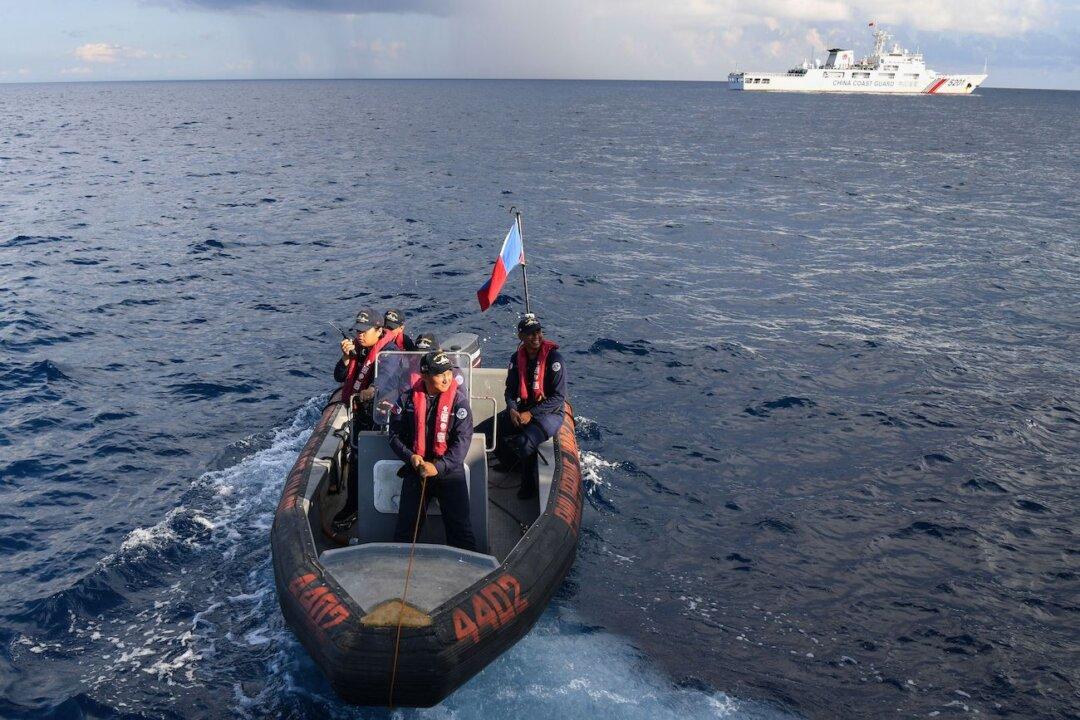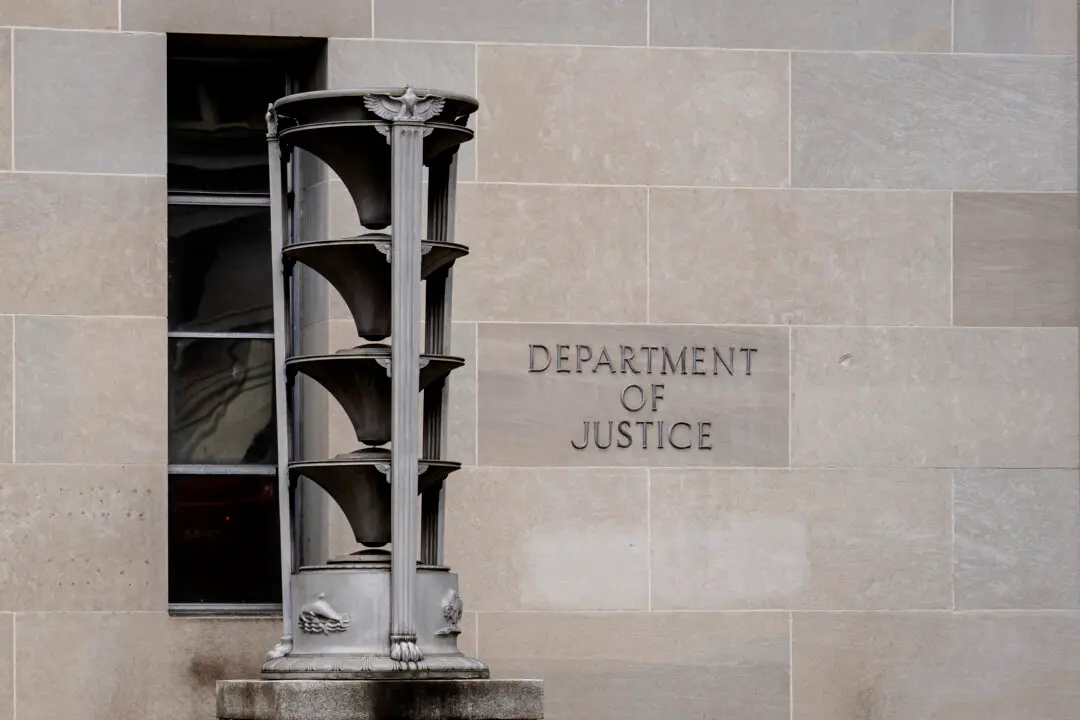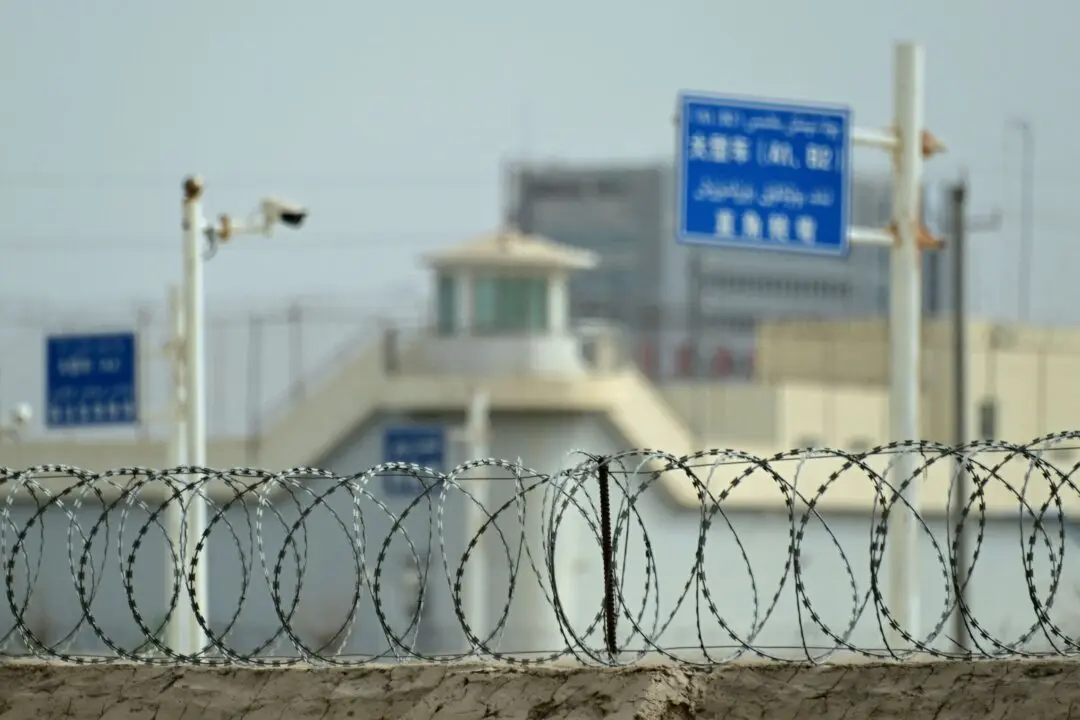The Philippines on Monday warned of “serious repercussions” if China removes navigational buoys installed within the country’s exclusive economic zone (EEZ) in the disputed South China Sea.
The Philippine Coast Guard (PCG) installed five navigational buoys last week to mark its sovereignty over the country’s EEZ in the South China Sea—which Manila refers to as the West Philippine Sea—amid Beijing’s increased presence in the region.





